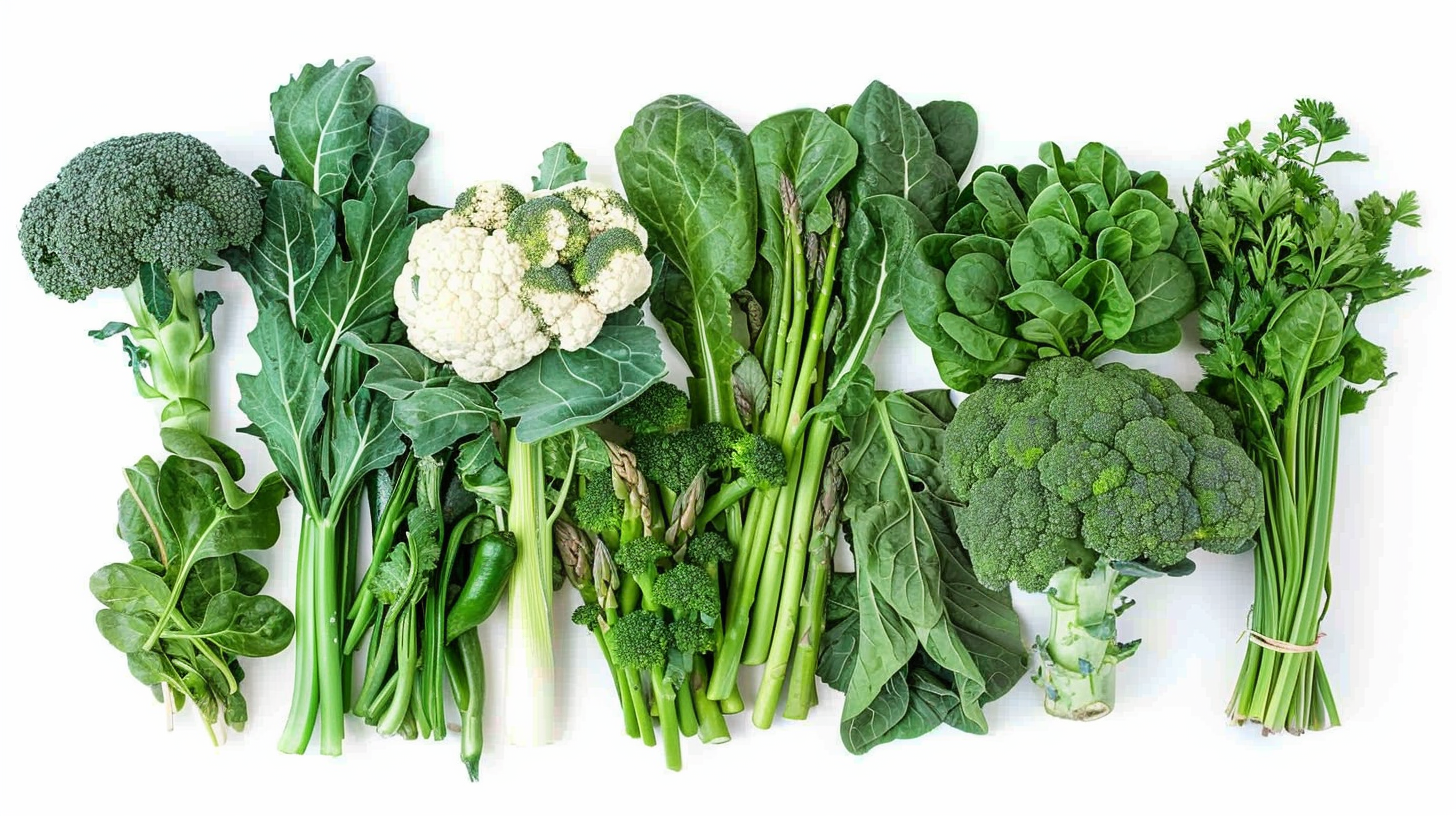
Maintaining healthy blood sugar levels is crucial for overall health, especially for individuals managing diabetes or prediabetes. A balanced diet rich in low-sugar vegetables can significantly aid in blood sugar control. These vegetables are not only low in sugar but also packed with essential nutrients that contribute to overall well-being. In this article, we will explore the best low-sugar vegetables to include in your diet to help lower blood sugar levels.
1. Leafy Greens
Leafy greens such as spinach, kale, and Swiss chard are excellent choices for those looking to manage their blood sugar levels. These vegetables are extremely low in carbohydrates and sugars, making them perfect for a low-glycemic diet. They are also rich in fiber, which slows down the absorption of sugar into the bloodstream, preventing spikes in blood sugar levels.
Benefits:
- High in vitamins A, C, and K.
- Rich in antioxidants that help reduce inflammation.
- Contains magnesium, which is essential for blood sugar regulation.
2. Broccoli
Broccoli is a cruciferous vegetable that is low in sugar and high in fiber. It contains a compound called sulforaphane, which has been shown to improve insulin sensitivity and reduce blood sugar levels. Broccoli is also a good source of chromium, a mineral that enhances insulin’s ability to lower blood sugar.
Benefits:
- Packed with vitamins C and K.
- Contains antioxidants that protect against oxidative stress.
- Low in calories and high in dietary fiber.
3. Cauliflower
Cauliflower is another cruciferous vegetable that is low in sugar and carbohydrates. It can be used as a versatile substitute for higher-carb foods like rice and potatoes. Cauliflower is high in fiber, which helps slow the release of sugar into the bloodstream, aiding in better blood sugar control.
Benefits:
- High in vitamin C and folate.
- Contains antioxidants that support immune health.
- Versatile and can be used in various low-carb recipes.
4. Asparagus
Asparagus is a low-sugar vegetable that is high in fiber and antioxidants. It contains the compound inulin, a type of prebiotic fiber that promotes gut health and helps regulate blood sugar levels. Asparagus is also a good source of folate and vitamins A, C, and K.
Benefits:
- Supports digestive health.
- Rich in anti-inflammatory properties.
- Low in calories and high in essential nutrients.
5. Bell Peppers
Bell peppers are not only colorful and delicious but also low in sugar. They are high in vitamins A and C, and contain fiber that helps manage blood sugar levels. Bell peppers also have a low glycemic index, meaning they have a minimal impact on blood sugar when consumed.
Benefits:
- High in antioxidants that reduce inflammation.
- Supports immune function.
- Adds flavor and nutrition to various dishes without spiking blood sugar.
6. Zucchini
Zucchini is a versatile and low-sugar vegetable that can be incorporated into many meals. It is high in water content and fiber, making it excellent for hydration and digestion. Zucchini can be used as a low-carb alternative to pasta and is easy to prepare in numerous ways.
Benefits:
- Rich in vitamins A and C.
- Low in calories and carbohydrates.
- Helps with digestion and hydration.
7. Green Beans
Green beans are a low-sugar vegetable that is high in fiber and essential nutrients. They have a low glycemic index and can help stabilize blood sugar levels. Green beans are also a good source of vitamins A, C, and K, and contain minerals like magnesium and iron.
Benefits:
- Supports heart health and blood sugar control.
- High in antioxidants.
- Versatile and easy to incorporate into various dishes.
8. Cucumbers
Cucumbers are hydrating vegetables that are low in sugar and calories. They are high in water content and contain fiber, which aids in digestion and helps regulate blood sugar levels. Cucumbers also contain antioxidants and anti-inflammatory compounds that support overall health.
Benefits:
- Promotes hydration and digestion.
- Contains vitamins C and K.
- Low in calories and carbohydrates.
9. Eggplant
Eggplant is a low-sugar vegetable that is high in fiber and antioxidants. It contains compounds like nasunin, which protect cells from damage and support heart health. Eggplant is also versatile and can be used in a variety of dishes, from stir-fries to casseroles.
Benefits:
- High in fiber and low in calories.
- Contains antioxidants that support brain and heart health.
- Versatile in cooking.
10. Brussels Sprouts
Brussels sprouts are cruciferous vegetables that are low in sugar and high in fiber. They are rich in vitamins C and K, and contain antioxidants that help reduce inflammation. Brussels sprouts have a low glycemic index, making them an excellent choice for blood sugar management.
Benefits:
- Supports immune and bone health.
- High in fiber and antioxidants.
- Low in carbohydrates and calories.
Incorporating Low-Sugar Vegetables into Your Diet
Incorporating these low-sugar vegetables into your daily diet can help you manage blood sugar levels effectively. Here are some tips to help you get started:
- Start Your Day with Vegetables: Add spinach or kale to your morning smoothie or omelet for a nutritious start to your day.
- Snack on Veggies: Keep sliced bell peppers, cucumbers, and zucchini in the fridge for easy and healthy snacks.
- Make Veggie-Based Meals: Prepare meals that are centered around vegetables, such as stir-fries, salads, and soups.
- Use Veggie Substitutes: Replace high-carb foods like pasta and rice with cauliflower rice or zucchini noodles.
- Experiment with Cooking Methods: Try roasting, steaming, grilling, or sautéing vegetables to enhance their flavors and textures.
Conclusion
Choosing low-sugar vegetables is a smart and delicious way to manage blood sugar levels and improve overall health. Leafy greens, broccoli, cauliflower, asparagus, bell peppers, zucchini, green beans, cucumbers, eggplant, and Brussels sprouts are all excellent options to include in your diet. By incorporating these vegetables into your meals, you can enjoy a variety of flavors and textures while keeping your blood sugar levels in check. Remember to pair these vegetables with a balanced diet and regular physical activity for optimal health benefits.






Leave a Reply